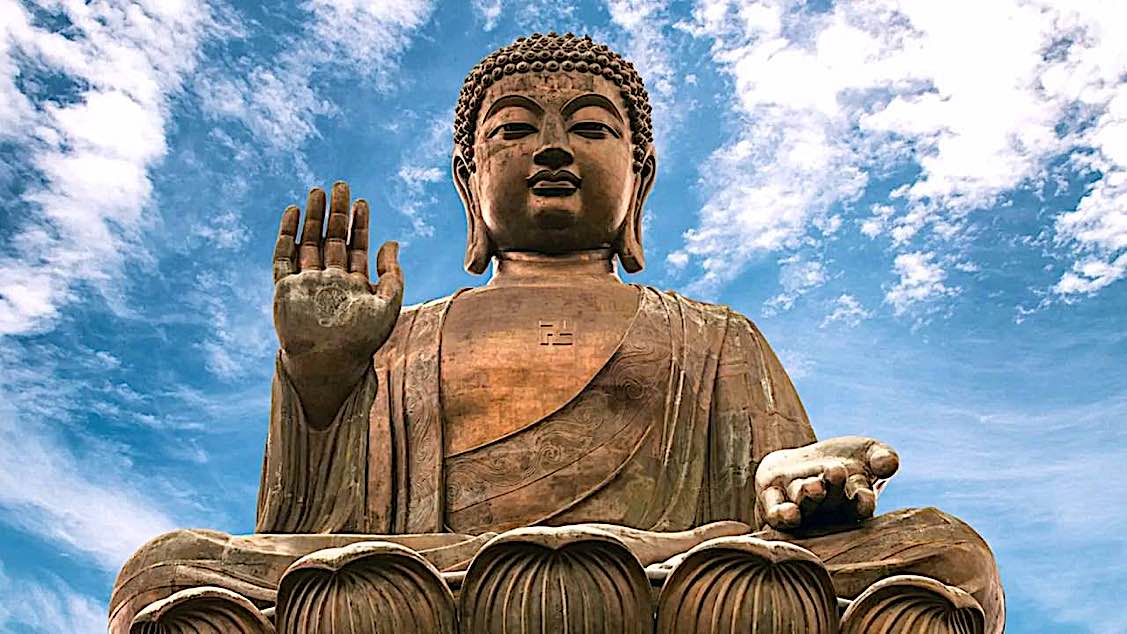Upayasutta—Bhikkhu Sujato
Consciousness stands dependent on the other four aggregates, and this attachment is what fuels the cycle of rebirth.
At Sāvatthī.
“Mendicants, if you’re involved, you’re not free. If you’re not involved, you’re free.
As long as consciousness remains, it would remain involved with form, supported by form, founded on form. And with a sprinkle of relishing, it would grow, increase, and mature.
Or consciousness would remain involved with feeling …
Or consciousness would remain involved with perception …
Or as long as consciousness remains, it would remain involved with choices, supported by choices, grounded on choices. And with a sprinkle of relishing, it would grow, increase, and mature.
Mendicants, suppose you say: ‘Apart from form, feeling, perception, and choices, I will describe the coming and going of consciousness, its passing away and reappearing, its growth, increase, and maturity.’ That is not possible.
If a mendicant has given up greed for the form element, the support is cut off, and there is no foundation for consciousness.
If a mendicant has given up greed for the feeling element, the support is cut off, and there is no foundation for consciousness.
If a mendicant has given up greed for the perception element, the support is cut off, and there is no foundation for consciousness.
If a mendicant has given up greed for the choices element, the support is cut off, and there is no foundation for consciousness.
If a mendicant has given up greed for the consciousness element, the support is cut off, and there is no foundation for consciousness.
Since that consciousness does not become established and does not grow, with no power to regenerate, it is freed.
Being free, it’s stable. Being stable, it’s content. Being content, they’re not anxious. Not being anxious, they personally become extinguished.
They understand: ‘Rebirth is ended, the spiritual journey has been completed, what had to be done has been done, there is no return to any state of existence.’"
In this teaching, the Buddha is sharing that the consciousness aggregate can only be known through knowing of the four aggregates and not independently. Involvement (in other words, attachment or grasping) of experiences in any of these four aggregates become support for the establishment and growth of consciousness. One must reflect on the aggregates of form, feeling, perception and choices (also sometimes referred to as volitions or formations, the Pali word being Saṅkhāra).
Related Teachings:
- Teachings on Living Beings and the Five Aggregates - A series of teachings on understanding living beings and the five aggregates. Understanding the five aggregates and grasping at the five aggregates is essential to understanding the Buddha’s core teachings.
- The characteristic of Not-self (SN 22.59) ↗️ - The Buddha shares the way to reflect on not-self. This is not a belief, but rather a reflection to be cultivated by observing where one is seeing attachment arise, where one is seeing a self, where one is seeing themselves as part of something. This should be done whenever the discontent feelings are observed for.
- Properly Appraising Objects of Attachment (MN 13) - A teaching drawing out the gratification of sensual pleasures and its drawbacks. It further shares on reflecting on the aggregates of form and feeling.

